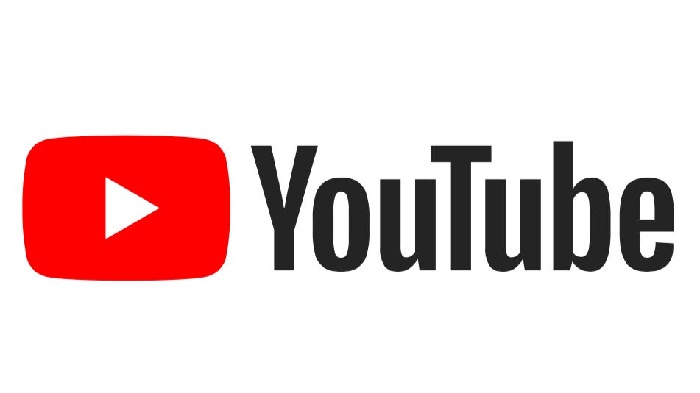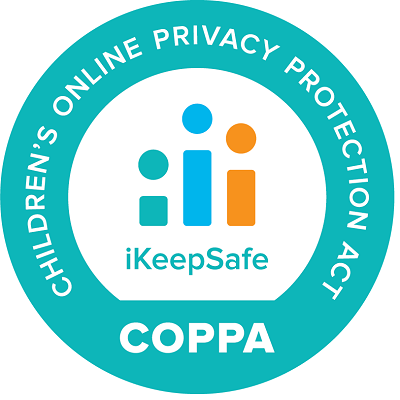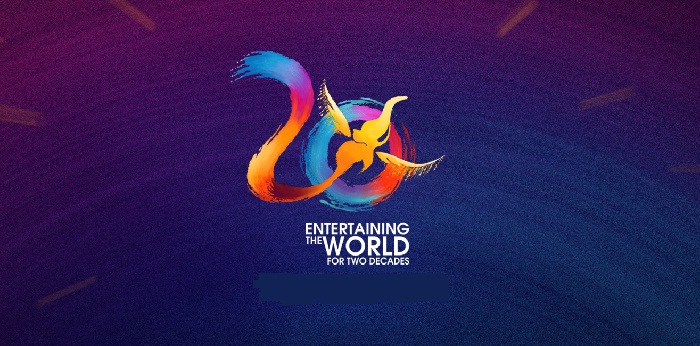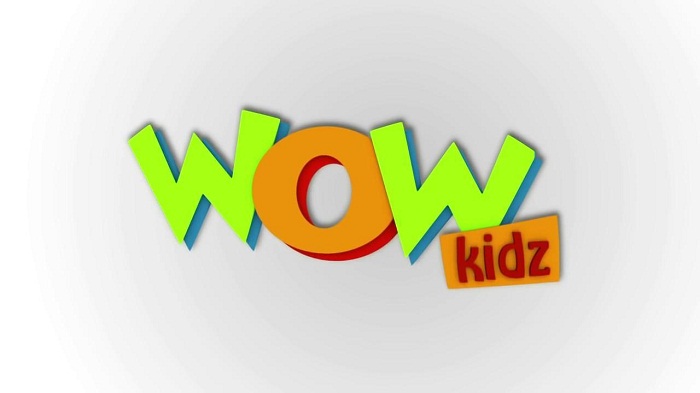
YouTube, the global video streaming platform owned by Google, has been the go-to solution for most content creators around the world. It still is the perfect platform to showcase one’s talent, hard work and the outcome of their creative genius. Even in the kids or children’s sector.
The kids space on YouTube is thriving by leaps and bounds over the past few years, especially in India with the growing demand and supply of carefully created or curated, quality content. YouTube is the world’s biggest online video source, with two billion monthly users, and a huge number of the billions of videos viewed on the site are aimed at kids. One study suggests kids content may be the most-watched video category on YouTube overall.
Hence, YouTube’s amendments around children’s content have come as sort of a blow to kids content creators across the world.
 YouTube rolled out the new rules across the globe, which were implemented from last week, disabling personalised ads, comments, notification, live chat and other features on “made for kids” videos.
YouTube rolled out the new rules across the globe, which were implemented from last week, disabling personalised ads, comments, notification, live chat and other features on “made for kids” videos.
The new rules are in accordance with the Children’s Online Privacy Protection Act (COPPA) of the US, which according to the Federal Trade Commission (FTC), YouTube has been violating. In September 2019, YouTube had to make a settlement of $170-million with FTC over the issue.
FTC Bureau of Consumer Protection director Andrew Smith earlier said in a press conference, that the significance of the FTC’s order goes beyond the fine amount, as it’s fighting to protect children’s data privacy. The body also alleged that YouTube illegally collected personal information from children without parents’ consent. Said he during the conference, “We are holding the platform liable under COPPA for content posted by somebody else. That’s a really big deal.”
At the end of 2019, YouTube started treating all views of kids-directed videos on the platforms to analyse and check if the watcher is an actual child, regardless of the viewer’s real age, resulting to limit the data it collects on those views to the bare minimum.
It also requires uploaders to tell YouTube whether their videos are at all directed at children. YouTube tapping machine learning is also incorporated to help police videos being classified correctly for kids.
Industry experts and analysts believe that the change in rules might have a drastic effect on content creators who have been creating kids content.
Dentsu StoryLab head Kumar Deb Sinha of the specialist content agency from Dentsu Aegis Network, told AnimationXpress, “This [YouTube rules] will have a massive impact on both advertisers and creators. In the current digital advertising landscape, personalised ads is one of the core selling points. Backed by data, we know what ad is getting served to whom. By disabling this feature, this will definitely create a challenge for advertisers in the short term. So advertising revenues on kids content will definitely see a short term headwind.”
Today we’re sharing several changes designed to better protect data on children’s content on YouTube. Starting in about four months:
— YouTube (@YouTube) September 4, 2019
However, he didn’t ignore the safety measures taken for the privacy of children. Data privacy laws are getting tougher across the world, and this new policy is in the right direction. As viewers and consumers get more aware and vocal about their rights to data privacy, such laws will become more prevalent and not an aberration. All stakeholders need to get used to this new era of digital data protection.
Added he, “YouTube kicking this off for kids is showing serious intent of being a responsible stakeholder in the ecosystem. Today YouTube is one of the largest repositories of kids/infant and baby content. And this step is to go a long way in defining the direction of data protection and privacy for this age group.
But, it will create a massive challenge for creators. Currently they follow a simple model of monetisation, driven by YouTube ads. The moment they dry up, it will have an effect on their bottom line. I believe YouTube will support their preferred and popular creators through programming/production support in the short term, while in the long term, the creators have to diversify their monetisation streams through merchandising, global distribution and multiple language play out across OTT and other content distribution platforms. It will be a tough time, but the winners will emerge with a much diversified business model, not only dependent on YouTube ads.”

Toonz Media Networks SVP Abraham Uthup too commented on the similar line. According to him, the new policy implemented by YouTube, “is a fall out of the heavy fines slapped on Google by the U.S Federal government for not complying with the COPPA regulations. The laws on protecting data related to kids under the age of 13 are very strict and frankly YouTube has no choice but to comply with it. For creators like us, we only have to wait and assess the impact on revenue initially and then also understand whether the revenue trend is positive in the coming three to four months.”
The new YouTube policy restricts a whole lot of promotions to kids on YouTube. The thought process is to not influence the kids in any way with suggestions and to enable them to figure out their individual choices and creative minds. Children’s content creators will therefore not have the following features on child videos :
- No comments will be allowed on child videos
- Creators had the opportunity to inform the kids regarding their other videos through annotations (in video cards) and end cards. These cards were extensively used by creators to reach out and induce views. This facility has now been disabled and cross promotion will become a challenge.

- There will be no subscription facility for child videos by pressing the bell icon. Therefore kids will not be notified on new video uploads by email now. This will put additional financial burden on creators as they will have to advertise for populating their new videos among kids.
- YouTube also will not be offering targeted advertising to advertisers on kids’ videos. They will only have contextual advertisements
Uthup also went on to highlight the adverse effect on the kids YouTube ecosystem, “Of the major ones, there will be a fall in revenue as contextual advertisements are far cheaper than targeted advertisements. The assessment of the exact estimate of fall will be done only by the end of January. There will also be an initial fall in views and watch time due to the non-availability of cross promotion tools like end cards and annotations. The creator ecosystem eventually will not invest big money in new content creation till they are able to understand the revenue trends. YouTube themselves will have to work over time to stabilise and grow the revenues over a six to 10 months time frame as creators will start migrating to better revenue platforms otherwise.”

WowKidz, animation studio Cosmos-Maya’s YouTube platform, have been very successful in exploring content in the kids ecosystem, thanks to the subscriber base of 36 million. With YouTube Kids coming in, there is another avenue to license our highly popular shows.
Cosmos-Maya Revenue and Corporate Strategy SVP Devdatta Potnis also regards child safety to be of supreme importance and as conscientious content creators, Cosmos-Maya supports every move that ensures better child safety.
Mentioned he, “As entertainment professionals, child safety is our primary responsibility. The effects of the new policy are yet to be seen. It has been our endeavour to provide engaging, entertaining content to kids, and we have been punctilious with the guidelines. The content we put out on YouTube has already undergone the stringent checks of linear broadcasters. We are happy that there will be further safeguards in this regard.”
Infobells managing partner Kuber Natarajan also commented on the similar tone. “The current policy change on YouTube kids content is definitely going to have a big effect in the short term, probably first six months to understand the level of revenue possibilities. But, we are continuously working on our production and will look forward to entertaining and bringing smiles to little ones for a longer period.”
Infobells from Infobells Interactive Solutions, recently found a place among the Top 50 channels on YouTube.

YouTube would also be investing in its YouTube Kids app, including product improvements and a promotional campaign to raise awareness with parents, who will not necessarily notice dramatic changes to the YouTube experience from these changes alone, beyond the absence of comments and notifications.
Kids broadcaster Sony YAY! who also holds a strong position in the YouTube children’s content space, providing content in various local Indian languages. Commented Sony YAY! Marketing VP and OAP head Sujoy RoyBardhan, “The YouTube amendments in terms of guidelines they are following from the COPPA guidelines, are something we are anyway cognizant of for kids content online. We will continue to have our extensions on digital whether it is YouTube or otherwise. In fact, we’re planning a few new IPs specifically for the digital platforms. These guidelines are naturally safe for kids. Things from our end don’t change as much as we will continue to create new and better content for the digital generation of kids.”
YouTube also recently tightened its standards for which channels can be a part of YouTube Kids, cutting the number of channels on the app, and last week it widened YouTube Kids to the web, rather than offering it solely as a mobile app.
YouTube will be creating a $100 million fund to be disbursed over three years to invest in “thoughtful, original children’s content” on YouTube and YouTube Kids.
As the fresh regulations sound good from the perspective of YouTube being a responsible platform , it would be hard to say anything concrete about the implications which it will bring in the advertising revenue space, guess we will have to wait for the dust to settle.

